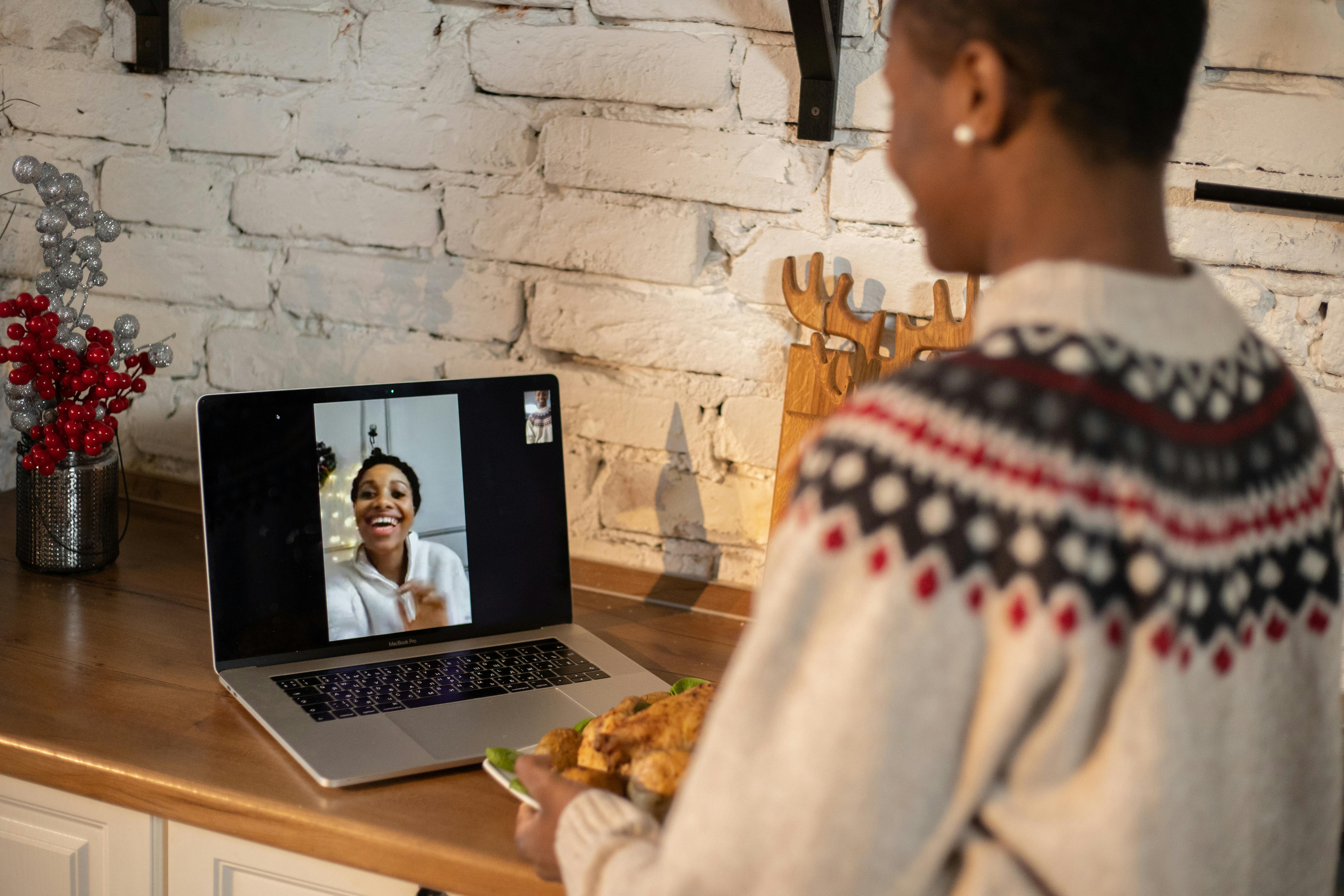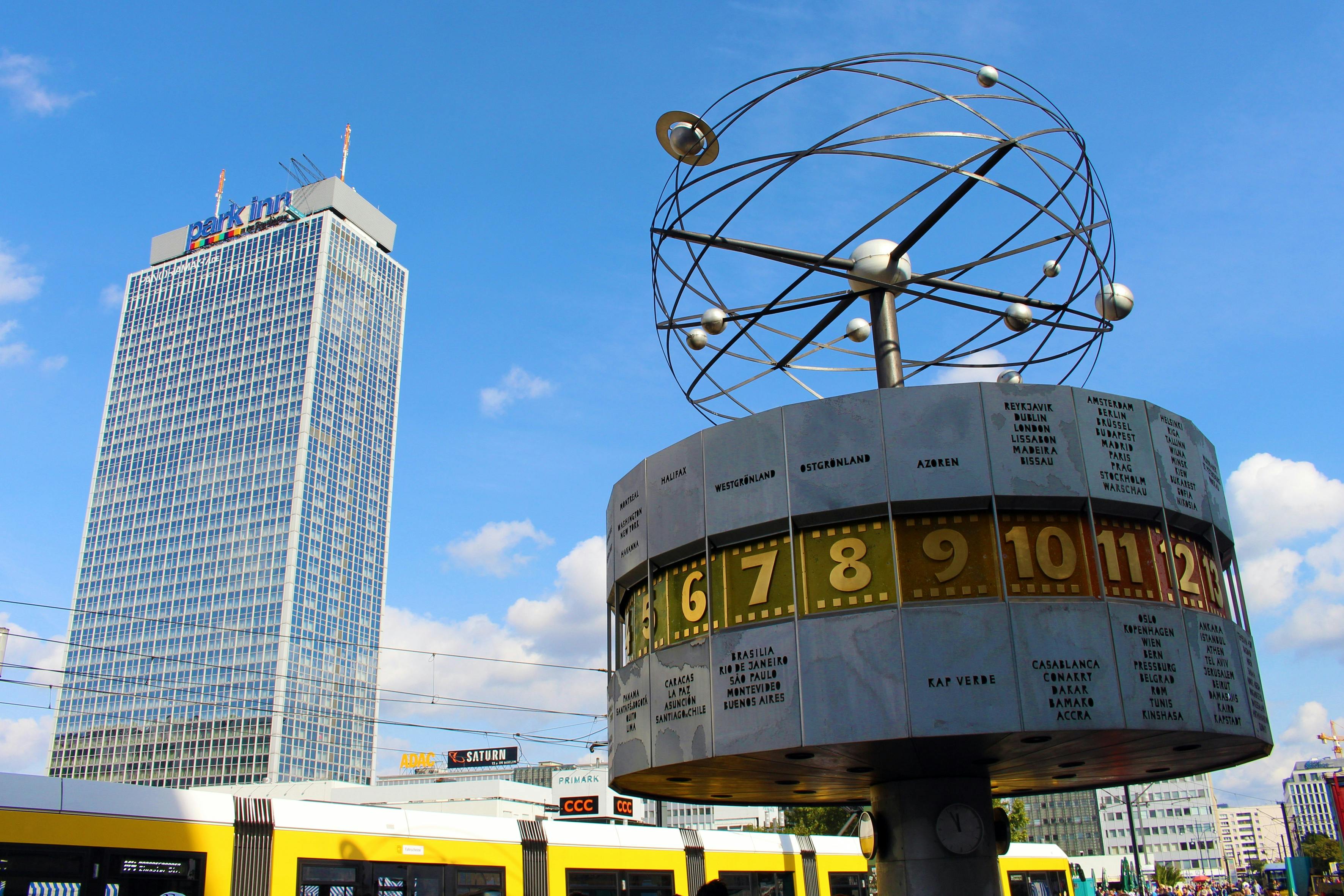JPEG, GIFF/JIFF, BMP, and TIFF are the most commonly used formats for storing still image files such as photographs, graphics, and drawings.
JPEG stands for Joint Photographic Experts Group and is a standard for image compression.
However, some amount of data/details is lost in the process. Therefore, JPEG is characterized by a brilliant compression technique for color still images, just as MPEG is used to compress
moving picture files.
GIFF/JIFF stands for Graphics Interchange Format, which is a bitmap graphics file format.
Its storage is limited to about 256 colors compared to 16 million colors in JPEG. GIFF is therefore more suitable for storing illustrations than color photos.
Other popular formats for storing bitmap images are TIFF (Tagged Image File Format), BMP, and PCX. You will also see GIF and JPG.
You may be wondering what a bitmap is. A bitmap graph is made up of a pattern of dots (each dot contains bits of data). Vector graphics, on the other hand, use geometric formulas to represent images. The latter can be scaled, that is, the size of the object can be changed while maintaining its shape. Vector images are therefore more flexible than bitmaps. Also, vector images look better in higher resolution and require less memory.
This brings us to the difference between Paint programs and Draw programs. In the Paint program, drawings are represented as bitmaps. Drawing programs, on the other hand, render images as vector graphics.
Why do we need to convert images from one format to another?
o Converting GIFF files to JPEG may compress the files greatly. Uncompressed data is typically 24 bits/pixel for full color images. JPEG can achieve 10:1 to 20:1 compression with no apparent loss, 30:1 to 50:1 compression with minor to moderate artifacts, and 100:1 for very low quality purposes such as archiving. These smaller files increase storage capacity and require less transmission time over networks.
o JPEG files are extremely useful for image archiving. JPEG files store a full color gamut (24 bits/pixel vs. 8 bits/pixel in GIFF).
Conversion rules:
o Large, high-quality, real-world scanned photos are the best material for conversion to JPEG.
o Do not convert black and white images to JPEG which works best with a soft and subtle color palette. Black and white images are better on GIFs.
o Even on color images, be sure to smooth out any sharp edges before converting. A grayscale image is much easier for a JPEG format.
o Avoid converting images that have already been converted before. The reconversion spoils the quality of the images. It is best to work with original scanned images here.
To explain how the format conversion takes place, here is an example:
1. On a Windows operating system, go to Start menu – Accessories – Paint
2. Create an image with the program and save it in BMP format. Now close the file
3. To convert it to, for example, a JPEG, open the file again.
4. Go to the File menu and click Save As
5. Change the name of the file in the File name box and in the Save as type drop-down box, click the format you want to convert it to. In this case, “JPEG File Interchange Format (*.jpg, *.jpeg,)”
6. Click the Save button. Your file is now converted from BMP to JPEG.
If you want to change BMP to GIF, follow the same procedure except in the Save as type box click “Graphics Interchange Format (.gif)”
Once an image has been converted from one format to another, say GIF to JPEG, some of the information is lost. You cannot go back to the original file. That is why it is always recommended that you make a copy of the original file before converting it.



